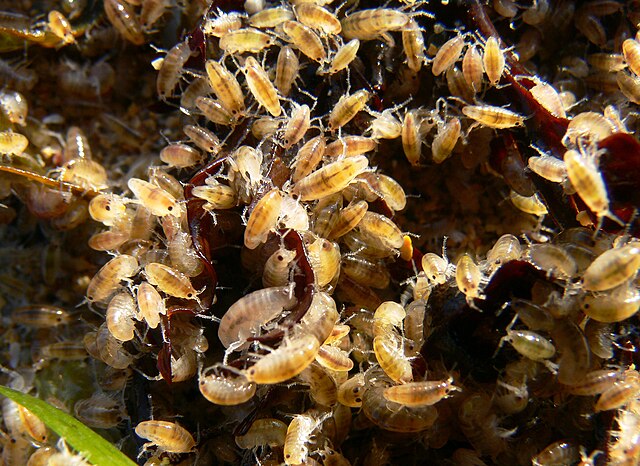Sand fleas, despite their diminutive size, play a significant role in various ecosystems around the world. These tiny creatures, often overlooked, have fascinating traits and behaviors that make them an intriguing subject of study.
Sand fleas, encompassing a range of captivating species across Arthropoda classes, add richness to our natural tapestry. From the minute sandflies and biting midges to crustaceans like mole crabs and talitridae, these creatures captivate scientists and nature lovers alike. In this exploration, we venture into the fascinating realm of sand fleas, unveiling their diverse forms and habitats. These tiny marvels, with their intricate biology and habitats, illustrate nature’s complexity. Studying their behavior and adaptation mechanisms not only enriches our understanding of ecosystems but also highlights the delicate balance that exists in sandy environments. Join us on this journey into the enigmatic world of sand fleas, where their uniqueness and significance come to life, showcasing the marvels nature has to offer.
What Are Sand Fleas?
Sand fleas, scientifically known as Talitridae, are small crustaceans belonging to the amphipod family. Contrary to their name, they are not insects but are more closely related to shrimp and crabs. These creatures are characterized by their flattened bodies, which enable them to move easily through sandy environments.
Habitat and Distribution
Sand fleas are primarily found in sandy beaches, intertidal zones, and coastal areas. They are well adapted to sandy habitats, where they burrow into the sand to escape predators and regulate their body temperature. Their distribution spans across various continents, with different species adapted to specific regions.
Life Cycle and Reproduction
Sand fleas undergo a fascinating life cycle. Their reproductive process involves a series of molts, leading to their growth and development. Female sand fleas carry their eggs in a brood pouch, located beneath their bodies. After hatching, the larvae undergo several stages of development before reaching maturity.
- Importance in Ecosystems
- Food Source: Sand fleas serve as a vital food source for numerous coastal animals, including shorebirds, fish, and crustaceans. Their abundance contributes to the overall biodiversity of coastal ecosystems.
- Erosion Control: Sand fleas play a role in stabilizing sandy beaches. By burrowing into the sand, they create passageways that allow air and water to penetrate, preventing compaction and aiding in the growth of vegetation, which, in turn, helps prevent erosion.
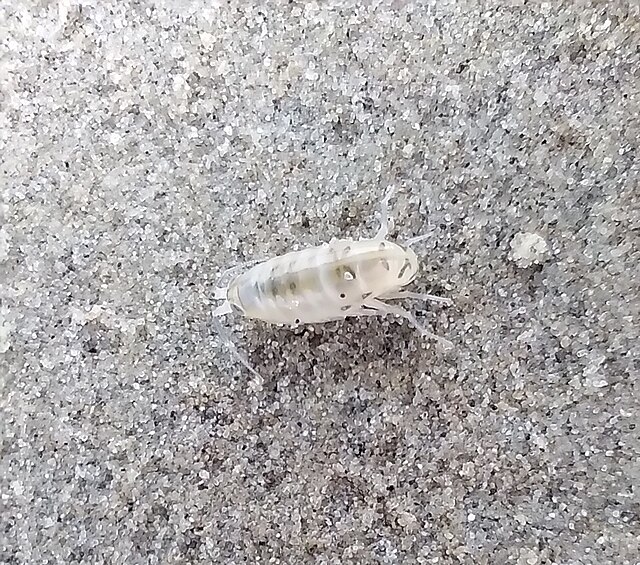
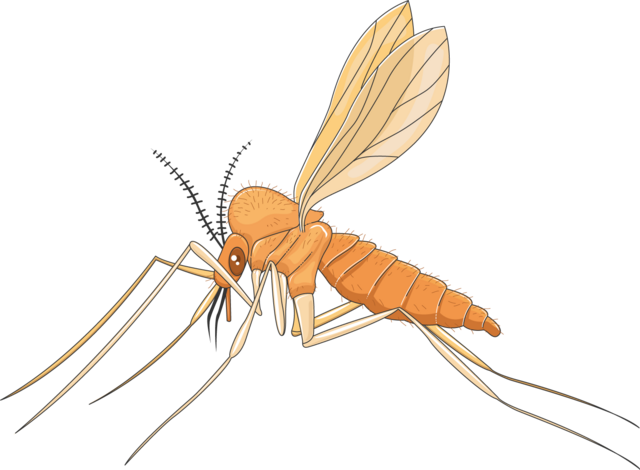
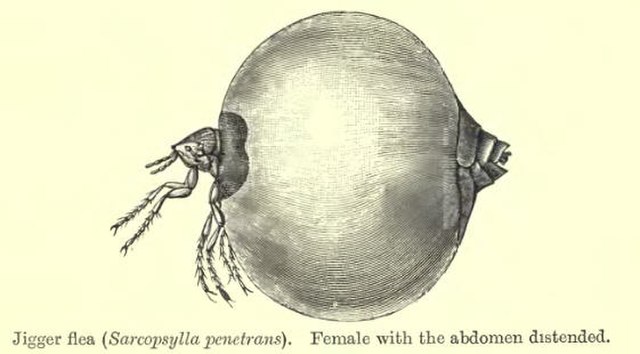
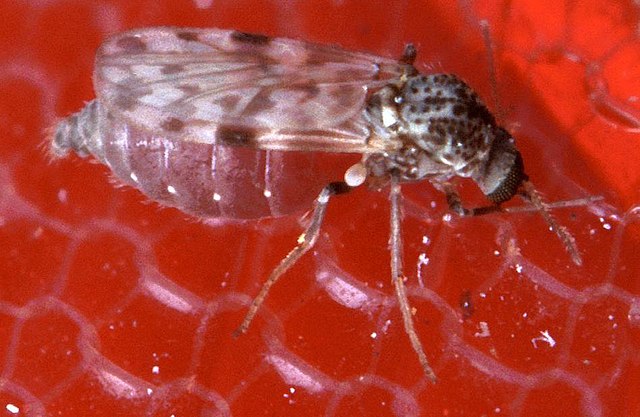
Sands of Diversity: Exploring the Multifaceted World of Sand Fleas
Sandflies: The Delicate Insects
Sandflies, delicate members of the Arthropoda insect class, exhibit an intricate elegance that sets them apart in the natural realm. Thriving predominantly in sandy terrains, these petite insects hold a vital place in local ecosystems. Their ability to survive and adapt to arid environments stands as a testament to nature’s remarkable resilience. Despite their diminutive size, sandflies play pivotal roles, contributing to the delicate balance of their habitats. Studying these graceful creatures not only unveils the intricacies of their biology but also sheds light on the fascinating ways in which nature adapts to challenging surroundings. Sandflies, with their delicate charm, offer a window into the intricate wonders of the natural world, reminding us of the marvels waiting to be discovered within our own environments.
Chigoe Flea (Tunga penetrans): Nature’s Intriguing Sand Fleas
Within the enigmatic realm of sand fleas, the chigoe flea, scientifically labeled as Tunga penetrans, stands out as a captivating member. Despite its diminutive size, this tiny creature exerts a significant influence on both humans and animals, drawing the attention of researchers in the field of parasitology. Exploring the intricate world of sand fleas, the chigoe flea offers valuable insights into the complexities of nature, highlighting the subtle yet profound interactions between these creatures and their hosts. Scientists continue to study this fascinating species, unraveling the mysteries it holds and deepening our understanding of the delicate balance within ecosystems where sand fleas thrive.
Culicoides Furens: Nature’s Intriguing Sand Fleas
Within the intricate tapestry of sand fleas, Culicoides furens, the biting midge, stands as a compelling chapter. Colloquially dubbed “sand fleas,” especially in the Southeastern U.S., these diminutive insects introduce an additional layer of complexity to the sand flea family. Despite their small size, these creatures hold a remarkable significance in sandy regions, both as a natural wonder and a challenge for humans and animals sharing these habitats.
The world of sand fleas, encompassing insects and crustaceans alike, offers a glimpse into the intricacies of nature. From their delicate structures to their vital roles in ecosystems, these tiny wonders continue to inspire curiosity and research. As we unravel the mysteries of sand fleas, we gain a deeper appreciation for the rich biodiversity that our planet harbors.
Understanding Sand Fleas Bites: Nature's Tiny Nuisances
While sand fleas, belonging to diverse arthropod classes, are marvels of nature, their presence can pose challenges to both humans and animals. In this exploration, we not only delve into the intriguing world of sand fleas but also address a common concern: sand flea bites. Understanding the implications of these tiny creatures’ bites is essential for those living in sandy regions or exploring coastal environments.
Sand Flea Bites: A Closer Look
Sand flea bites, caused primarily by sandflies and Culicoides furens, can result in itchy, irritated skin for humans. Exploring the anatomy and behavior of these fleas sheds light on why and how these bites occur. Knowing the signs and symptoms can aid in identifying and managing these nuisance bites effectively.
The chigoe flea, Tunga penetrans, is notorious for burrowing into human skin, causing discomfort and potential infections. Understanding the lifecycle of this flea, its interaction with hosts, and preventive measures becomes crucial in regions where these fleas are prevalent.
Managing Sand Fleas Bites: Tips and Remedies
Sand flea bites, while usually not serious, can cause discomfort and itching. Here are some practical tips and remedies to manage sand flea bites effectively:
Clean the Affected Area: After being bitten, gently clean the affected area with mild soap and water. Avoid vigorous rubbing, as it may worsen the irritation.
Cold Compress: Applying a cold compress or ice pack wrapped in a cloth can help reduce swelling and numb the area, providing immediate relief from itching.
Topical Treatments: Over-the-counter hydrocortisone creams or calamine lotions can be applied directly to the bite. These medications help reduce inflammation and itching. Antihistamine creams can also be effective in alleviating the itching sensation.
Natural Remedies: Several natural remedies can soothe sand flea bites. Aloe vera gel, known for its anti-inflammatory properties, can be applied directly to the affected area to reduce redness and itching. Tea tree oil, diluted with a carrier oil, can act as a natural antiseptic and help prevent infection. Chamomile tea bags, when cooled, can be placed on the bites for relief.
Oral Antihistamines: Over-the-counter antihistamine medications like diphenhydramine (Benadryl) can be taken orally. These medications not only help reduce itching but can also aid in preventing allergic reactions.
Avoid Scratching: It might be tempting, but try to avoid scratching the affected area. Scratching can break the skin, leading to potential infections. Keeping nails short and clean can help prevent unintentional scratching.
Preventive Measures: To prevent further sand flea bites, wear protective clothing, such as long-sleeved shirts and long pants, especially during peak sand flea activity times, which are usually during the evening and early morning. Applying insect repellents containing DEET can also deter sand fleas.
Bedding and Clothing: If you suspect sand fleas in your home, wash all bedding, linens, and clothing in hot water. Vacuum your living space thoroughly, including mattresses and carpets, to eliminate any potential fleas.
Consult a Healthcare Professional: If the symptoms worsen, become infected, or if you experience signs of an allergic reaction such as difficulty breathing, swelling, or severe pain, seek medical attention promptly.
Preventing Sand Flea Bites: Practical Strategies
Prevention is key when it comes to sand flea bites. Adopting practical strategies such as wearing protective clothing, using insect repellents, and avoiding peak sand flea activity times can significantly reduce the likelihood of being bitten. Educating communities in sandy areas about these preventive measures is essential for promoting public health.
While sand fleas contribute to the intricate tapestry of nature, understanding the nuisances associated with their bites is vital for coexisting harmoniously with these tiny inhabitants of sandy environments. By equipping ourselves with knowledge about sand flea bites, we can appreciate the beauty of these creatures while minimizing the inconveniences they might bring.


